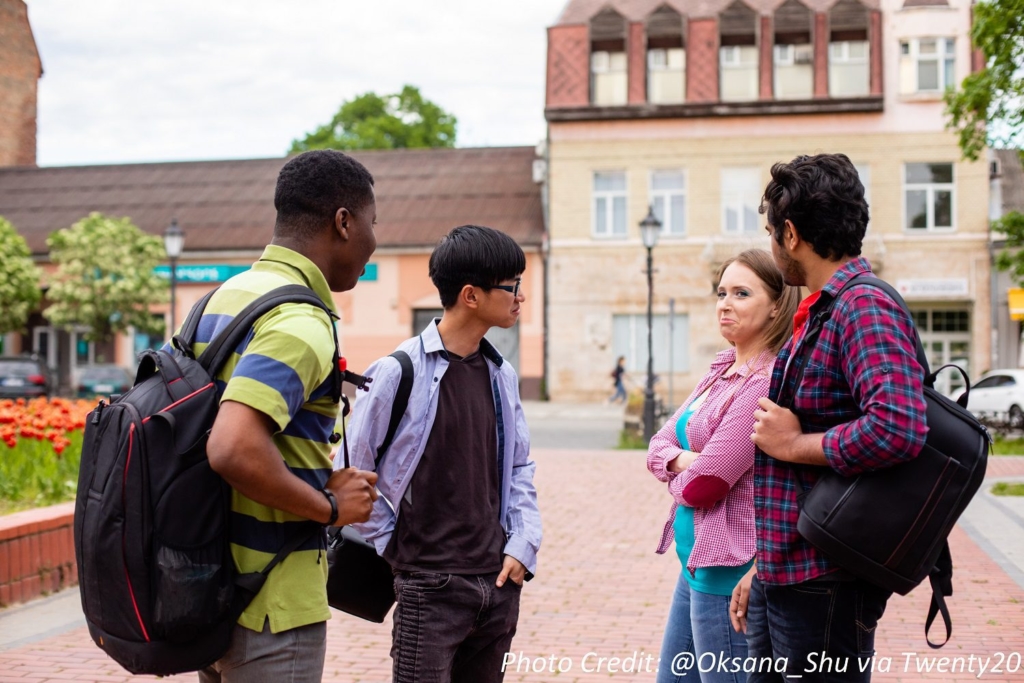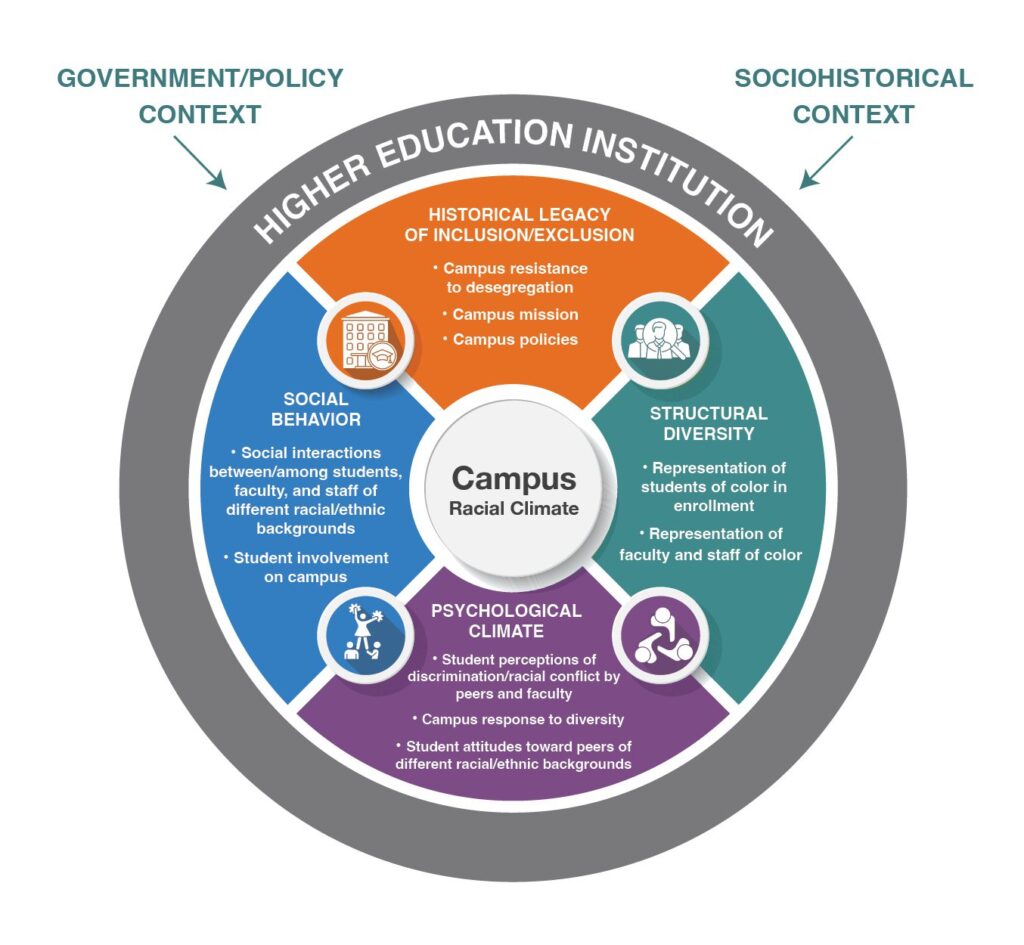
In the wake of the Supreme Court’s limitation on the use of affirmative action, some states and colleges are doing away with their diversity, equity, and inclusion (DEI) programs (see the map below). However, we argue that there needs to be even greater efforts on college campuses to support the belonging and success of students of color, not fewer.
Students of color often experience college differently than their White peers because of the negative attitudes, behavior, and practices that some peers and faculty have toward students of color due to their race and/or ethnicity.
All of this factors into a college’s campus racial climate, a term that is used to describe the current attitudes, behaviors, and practices of faculty, staff, and students at a higher education institution toward students based on their race or ethnicity. This further justifies the need for more diversity on campus.
To find out how campus racial climates affect students of color, Ed Trust interviewed 32 Black, Latino, and Asian American college students enrolled at predominantly White institutions (PWIs) in 15 states to learn about their experiences on campus.
Here are just a few quotes:
“I know that we have diversity courses and professors can opt out. How do you opt out of diversity?”
–Jessica, Latina student
“My first class, I was in a big 300 people lecture. Five minutes before class and I’m seeing that not a single of them was Black and I was like, ‘Oh my God.’ I just felt so out of place.
–Andrew, Black student
“There are no business teachers that are Latino or even just people of color. [The school] claims racial diversity in terms of students, but you’ve got to have a racially diverse group of teachers to really facilitate and promote racial diversity in classrooms.”
–Kevin, Latino student
“My imposter syndrome has gone through the roof. I’ve worked hard to get into my university and now that I’m here, it’s so hard to feel like I belong here and I feel like sometimes, the professors make that worse.”
–Sabrina, Black student
In a digital report, we explain the four dimensions of campus racial climate, and offer recommendations at every level — institutional, state, and federal — on how to create positive campus climates that are racially and ethnically diverse, welcome students of color, and allow them to be their authentic selves.







 October 17, 2023 by
October 17, 2023 by